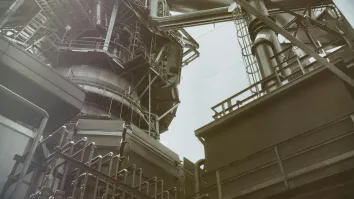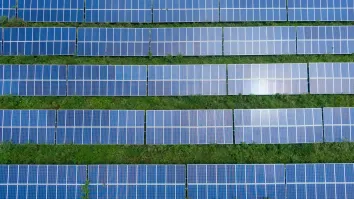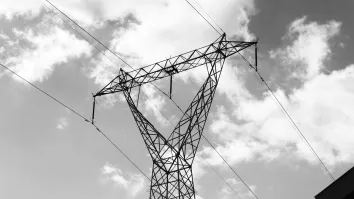
Why Nuclear is one step back, but two steps forward
By Martin AdamsOnce on the cusp of a renaissance, the nuclear industry now risks being sent back to the dark ages. This is the impression that emerges from much of the commentary in the months since the crisis at the Fukushima Daiichi nuclear power plant in Japan.
Before the devastating earthquake and tsunami on March 11th, atomic power enjoyed a return to prominence among planners. Now, a commonly-held view is that the nuclear industry will see a slowdown in growth, if not an outright decline.
This doom and gloom is misplaced. Granted, for certain countries the effect of Fukushima on popular and political support for nuclear power is significant. Burgeoning support for the abandonment of nuclear recently swung elections in Germany. Japan, still reeling from its traumas, said it will build no new reactors, whereas before the natural disaster it envisioned a new fleet.
Yet the problem with nuclear pessimism is that it does not fit the facts at a global level. A closer reading of the international response to Fukushima shows that most governments' stance towards nuclear energy has changed far less than doomsayers assume.
And it is governments - prompted by growing resource appetites, energy security concerns, climate-change commitments and cost considerations - that have driven a revival in nuclear's fortunes after decades of decline.
Where appropriate, the Economist Intelligence Unit has revised down forecasts for nuclear capacity. In doing so, however, it became clear that Germany and Japan represent exceptions to the rule.
Much of the nuclear scepticism that governments have signalled does not represent an erosion of enthusiasm for atomic power; rather, it has more to do with showing tact in front of a jittery public. This is, crucially, the case in the world's keenest builder of nuclear plants: China.
Nuclear energy is a response to long-term trends, and hence not easily abandoned or replaced. The need for new sources of electricity to power economic growth persists, and the promise of nuclear in bolstering energy security and reducing carbon emissions makes it an appealing option.
Indeed, a review of our forecasts for the ten largest nuclear power producing countries—accounting for some 85% of global capacity—shows that despite Japan's crisis the overriding global trend over the next decade will be growth.
Today, the top ten countries have around 320 gigawatts (gw) of nuclear infrastructure between them; by 2020, this capacity will swell to 405 gw. And this only tells part of the story, as countries from Eastern Europe to Africa also take an interest in going nuclear. Taken together, you could call it something of a renaissance.
The biggest consumer of nuclear energy by far is the United States, where few new plants are expected this decade. "Uprating" (squeezing more energy out of existing plants) has become controversial, too, and will probably be pursued less aggressively. But the political consensus around nuclear power is intact. It is a similar story in energy-poor, nuclear-reliant France.
Even Japan, the global number three, looks likely to maintain something like its current nuclear fleet given the costliness of alternatives.
So traditional stalwarts can be relied on to at least keep their reactors running. The busiest builders of new plants like Russia, South Korea and India, meanwhile, generally remain keen. Russia's Vladimir Putin, for one, has few qualms. "We need to produce as many units, I mean big units, as in the entire Soviet period," he said in late April.
But these countries' efforts pale in comparison to China, which plans to expand its nuclear capacity from 11 gw today to 70 gw in 2020. Its response to recent events has given advocates of nuclear power pause for thought. Not normally known for squeamishness in the face of engineering challenges, China's leaders ordered a moratorium on new construction and a safety review after the explosions in Fukushima.
Yet China's hunger for energy - with economic recovery, severe power shortages are back - will ensure that nuclear remains part of the solution; construction at existing plants continues. Whilst a shortfall of uranium and skilled engineers implies that China will fall short of its stratospheric aims, its nuclear capacity should grow roughly five-fold by 2020.
Making predictions about nuclear energy is a risky business. Who saw Japan's earthquake coming? Low-probability, high-risk events can change the equation overnight. Based on current assumptions, however, nuclear capacity in the top 10 countries alone is set to grow by around a quarter over the coming decade.
And this is without taking into account the enthusiasm of burgeoning nuclear nations from East Europe to Africa. Governments, regulators and citizens need to plan for a world in which nuclear power is a bigger part of the energy landscape than it is today.




















 Advertise
Advertise






